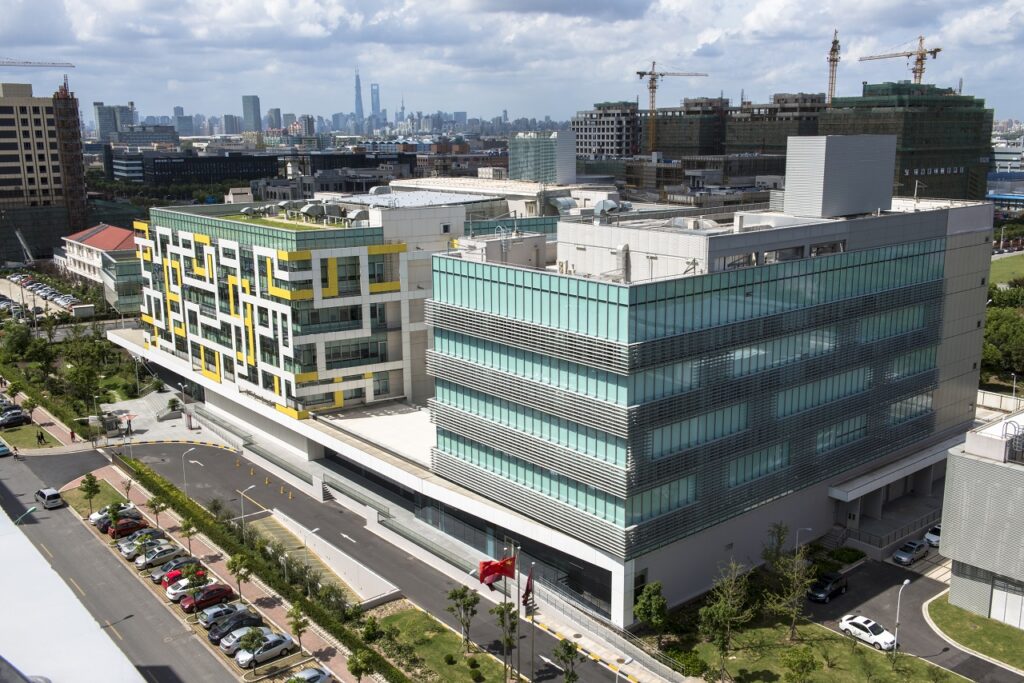China’s National Medical Products Administration (NMPA) has approved AstraZeneca and Merck’s (known as MSD outside of the US and Canada) Lynparza (olaparib) as maintenance therapy for a type of ovarian cancer.

AstraZeneca R&D, China. Credit: AstraZeneca.
Subscribe to our email newsletter
A PARP inhibitor, Lynparza is the first targeted treatment, which is designed to inhibit DNA damage response (DDR) in cells/tumours which harbour deficiency in homologous recombination repair (HRR), including mutations in BRCA1 and/or BRCA2.
It is indicated as the maintenance treatment for advanced epithelial ovarian, fallopian tube or primary peritoneal cancer adult patients who are in complete or partial response to the first-line platinum-based chemotherapy and bevacizumab combination.
Lynparza is also approved to treat patients whose cancer is related to homologous recombination deficiency (HRD)-positive status.
The regulatory approval was based on data obtained from the PAOLA-1 Phase III trial.
The double-blinded study was designed for evaluating the safety and efficacy of Lynparza along with standard of care bevacizumab compared to bevacizumab alone for HRD-positive advanced ovarian cancer patients.
In the trial, Lynparza and bevacizumab combination showed improvement in substantial progression-free survival (PFS) compared to bevacizumab alone in HRD-positive advanced ovarian cancer patients.
The final overall survival (OS) results showed that the combination of Lynparza and bevacizumab offered a clinically meaningful improvement in overall survival in patients with HRD-positive advanced ovarian cancer.
AstraZeneca Oncology Business Unit executive vice-president Dave Fredrickson said: “The maintenance treatment of Lynparza in combination with bevacizumab has shown to both improve progression-free survival and provide a clinically meaningful improvement in overall survival in patients with HRD-positive advanced ovarian cancer following response to platinum-based chemotherapy.”
The trial’s initial findings demonstrated that the combination treatment reduced the risk of disease progression or mortality by 67%.
 Advertise With UsAdvertise on our extensive network of industry websites and newsletters.
Advertise With UsAdvertise on our extensive network of industry websites and newsletters.
 Get the PBR newsletterSign up to our free email to get all the latest PBR
news.
Get the PBR newsletterSign up to our free email to get all the latest PBR
news.

